Meet Cindy, our new Social Media and Content Executive
We are delighted to welcome Cindy to the team as our Social Media and Content Executive. With a new hotel TikTok account on the cards and much more, read on to find out what makes her tick…
We use cookies on our website to give you the most relevant experience by remembering your preferences and repeat visits. By clicking “Accept”, you consent to the use of ALL the cookies.
This website uses cookies to improve your experience while you navigate through the website. Out of these cookies, the cookies that are categorized as necessary are stored on your browser as they are essential for the working of basic functionalities of the website. We also use third-party cookies that help us analyze and understand how you use this website. These cookies will be stored in your browser only with your consent. You also have the option to opt-out of these cookies. But opting out of some of these cookies may have an effect on your browsing experience.
Always Enabled
We use necessary cookies to ensure our website works properly and provide essential functionalities and security features. These cookies do not collect any personal information and are always enabled. By continuing to use our website, you agree to our use of these cookies.
V:16 - 2024-09-05 05:33:48pm
To enhance user experience, we use performance and analytical cookies to understand and analyze the key performance indexes of our website. Performance cookies help us deliver better user experiences by tracking metrics such as load times and response times. Analytical cookies help us understand how visitors interact with our website by providing information on metrics like the number of visitors, bounce rate, traffic source, and more.
V:16 - 2024-09-05 05:33:48pm
To personalize your online experience, we use advertisement cookies that track your activity across websites and gather information to display relevant ads and marketing campaigns. These cookies help us tailor our advertising to your interests and preferences.
V:16 - 2024-09-05 05:33:48pm
OR CALL 020 7499 3464
OR CALL 020 7640 3347
OR CALL 020 7499 3464
OR CALL 020 7640 3347
The Athenaeum started life in 1850 as Hope House, the elegant home of the MP Henry Hope. Here we take a look at the man behind the incredible property we know and love today.
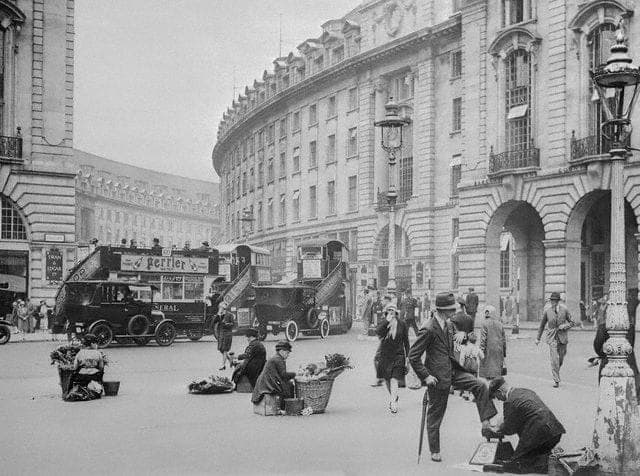
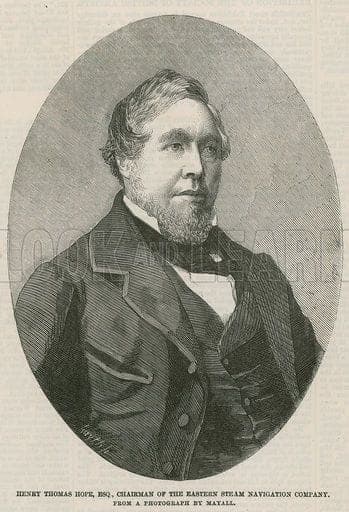
Henry Thomas Hope was born in 1808 into a fascinating family. Henry’s ancestors were Scots who made a bold decision to move to the Netherlands in the 17th century to become Rotterdam merchants. The family transformed into one of great wealth when Henry’s father, Thomas and his brother Adrian, established the ‘Hope and Company’ bank in Amsterdam in 1762.
A student of architecture, Henry’s father Thomas travelled across the Middle East and southern Europe, collecting paintings and other works of art. After the French invaded the Netherlands towards the end of the 18th century, Thomas settled in London and filled his home with his collections. Many visitors commented on how his home was so incredible, it was more like a museum than a house.
After Henry Thomas Hope himself was born in 1808, his father became increasingly interested in a parliamentary career and urged Henry in this direction. However, after studying at Eton College and then Trinity College in Cambridge, Henry’s first ‘job’ was actually as Groom of the Bedchamber to King George IV and William IV. Despite the title, this was a prestigious role as one of the monarch’s closest aids.
Following this short diversion of working with royalty, Henry went on to enjoy a career in politics as a Conservative MP, serving constituencies in East Looe and Gloucester. Like his father, Henry also had a keen interest in the arts and became well-known as a patron of the arts. He founded the Art Union of London, was vice-president of the Society of Arts and was the president of the Surrey Archaeological Society. He also helped organise The Great Exhibition of 1851 – the first in the series of international expositions that celebrated culture and industry. Henry was also founder of the Royal Botanic Society.
In 1850, Henry Thomas Hope had a mansion built on Piccadilly and the corner of Down Street. The building was noted for the beautiful stone and metal external décor, created in the modern French style of the time. Like his father, Henry filled the mansion with art, including some from his father’s collection, a prized collection of Old Masters and a collection of ancient Greek sculpture. Hope House even attracted the attention of Charles Dickens, who apparently said the mansion had an extravagant interior. Hope House became known as the home of one of the most esteemed private art collections in Europe.
After Henry Thomas Hope passed away in 1862, his daughter inherited his entire estate, including Hope House. Henrietta Hope went on to marry the 6th Duke of Newcastle, Henry Pelham-Clinton, simultaneously helping this roguish character out of his gambling debts with her fortune. Henrietta sold Hope House shortly after her husband died, to the fashionable Junior Athenaeum Club.
From Henry Thomas Hope’s commitment to the arts to the beginnings of ‘The Athenaeum’ name, we’re proud patrons of the incredible history of our building and the amazing characters of history who have set foot inside.
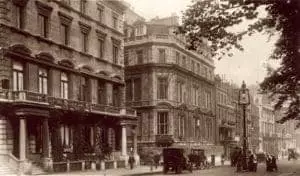
The prestigious address of 116 Piccadilly has seen its fair share of inhabitants over the years. Discover more about this great buildings history…
![sally-bulloch-sm[compressed]](https://www.athenaeumhotel.com/wp-content/uploads/2016/08/sally-bulloch-smcompressed-e1531129916432.jpg)
...If you feel the same way, please enter your details below. We will keep you up to date with all the goings-on and special offers at The Athenaeum.
OR CALL 020 7499 3464
OR CALL 020 7640 3347
Copyright © 2024 – The Athenaeum | Website by Up

